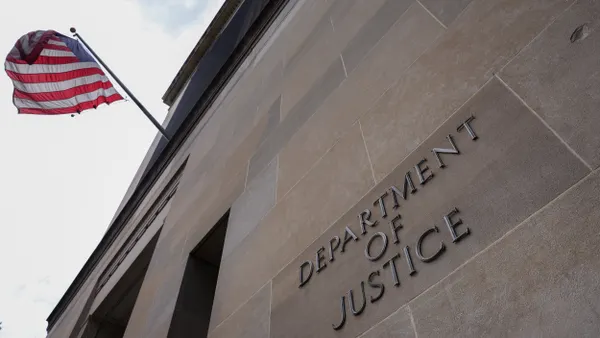Dive Brief:
- Research has shown Black male students are significantly more likely to be misidentified for special education services than their White peers, and Jerald McNair, principal of Madison School in Illinois' South Holland School District 151, writes for Edutopia that it is incumbent upon school leaders to curb that trend.
- McNair recommends a five-step approach that begins with educating staff to address perceptions of Black male students. They should then work to identify students who need support, possibly by forming a committee to examine data, match interventions to the observed needs, and formulate a means of subjectively assessing progress.
- Finally, McNair writes, school leaders and educators should set aside time to evaluate what's working, accounting for whether more time and flexibility is needed if there is some — but not optimal — progress, and making adjustments where needed.
Dive Insight:
According to a 2017 article from ChildTrends, Black students are 40% more likely to be disproportionately represented in the population of students with disabilities, and the Education Department’s most recent Annual Report to Congress on the Individuals with Disabilities Education Act said Black or African American students represent the second-largest racial subgroup of students classified with "emotional disturbance" behind students identified with two or more races.
Disproportionality isn't just a concern within special education identification, however — it also extends to discipline, where Black males are three times more likely than White males to be suspended. According to the most recent data available from the National Center for Education Statistics, Black male students have a 64.3% graduation rate, compared to 83.5% for White males.
These factors also contribute to the school-to-prison pipeline, in which disproportionate school discipline rates toward Black students and students with disabilities lead to these students being funneled into the juvenile, and later adult, justice systems. This has led school districts nationwide to reconsider disciplinary systems in recent years, with many opting for practices like restorative justice and positive behavioral interventions and supports.
Among recommended strategies for addressing disproportionality in special education, experts suggest strengthening multi-tiered systems of supports (which may include a PBIS approach), taking time to deepen understanding of referral and identification processes under IDEA, and monitoring referral and identification rates, with data disaggregated by class, grade, school, race, gender and other factors.
Supporting teachers in these efforts, with school psychologists and other personnel playing a role in the design and monitoring of interventions, is also critical, experts including National Association of School Psychologists Director of Policy and Advocacy Kelly Vaillancourt Strobach recently told K-12 Dive.











